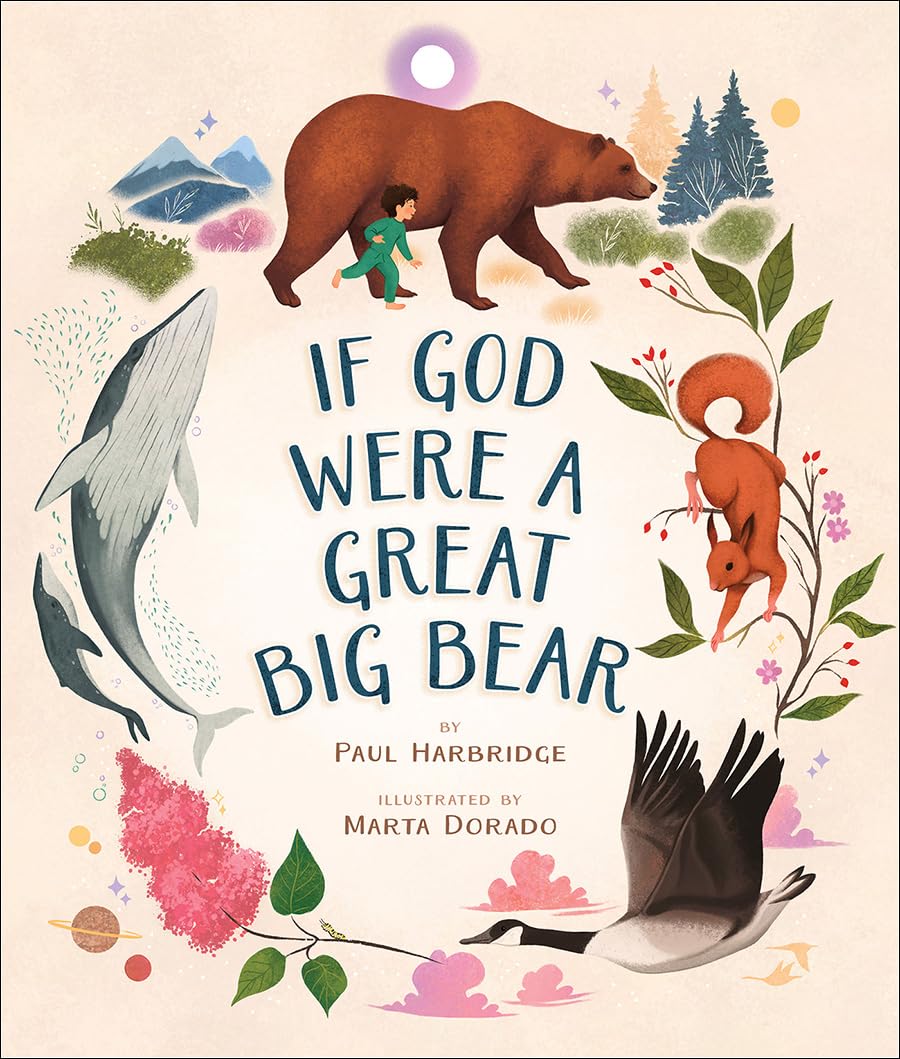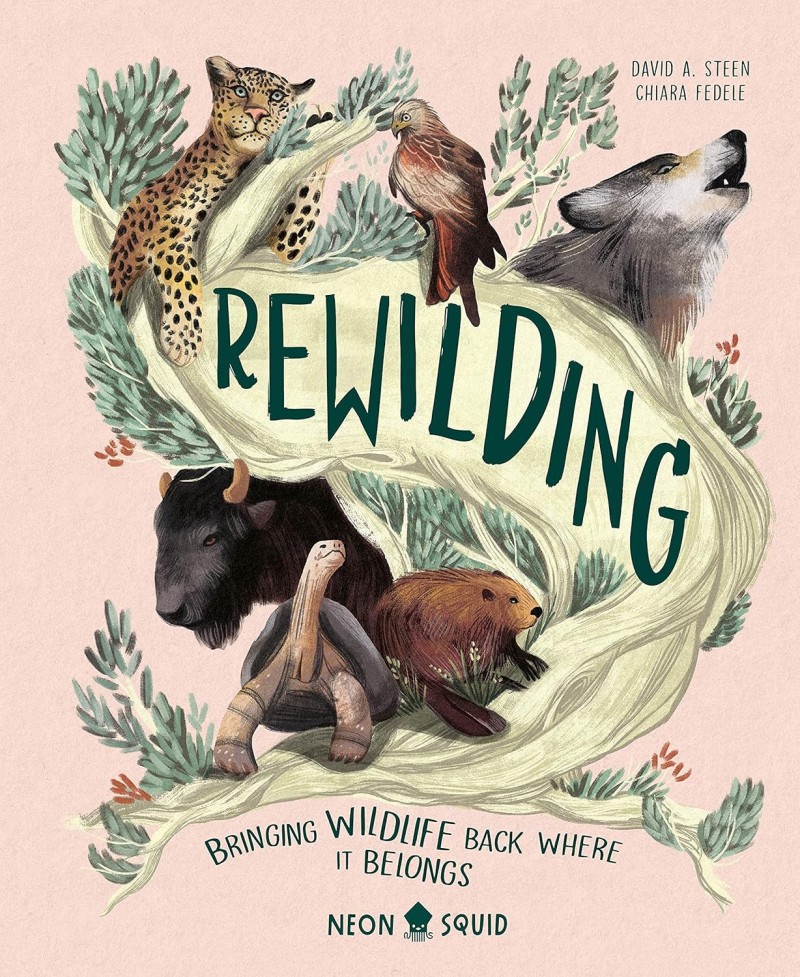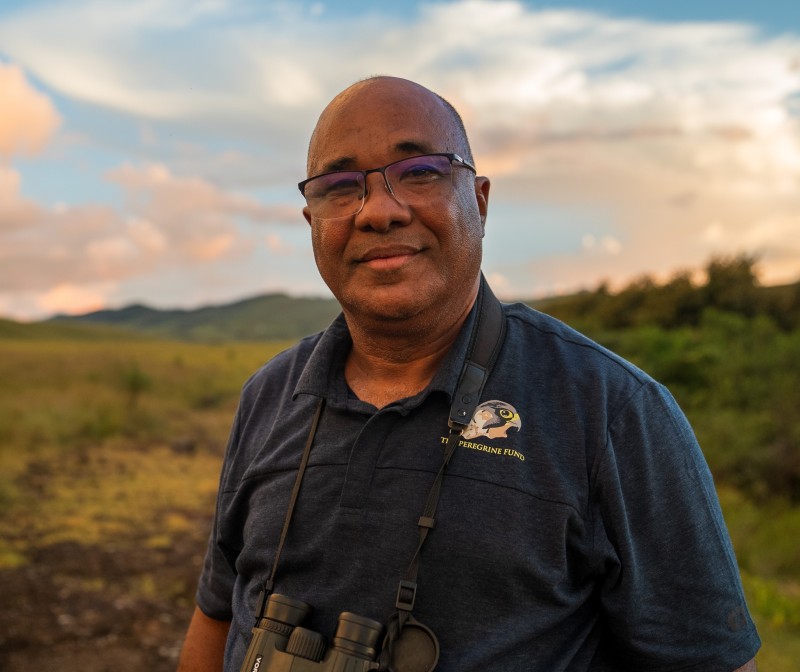Wild Giraffe Conservation (how to help)
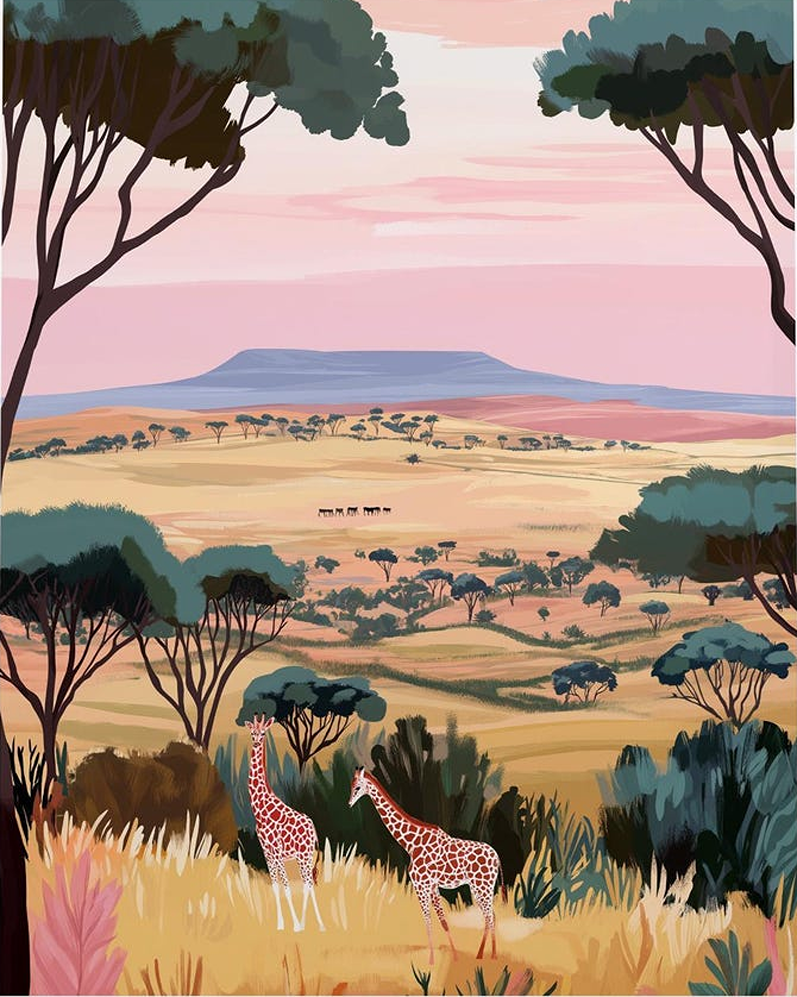
Giraffes are one of the main ‘big African animals’ often displayed in zoos, for children to ‘be entertained’, rather than learn about conservation in the wild. The average child spends 20 seconds looking at each zoo creature (this is not educational).
Born Free and Freedom for Animals are England’s national charities, that campaign against animals caged in zoos, instead working to fund conservation projects in the natural wild homes of endangered species.
Giraffes are native to Africa, and need plenty of space (they can run over 55km an hour) and live on over 100 different leaves and twigs, grass and fruit in open woodlands, wooded grasslands, shrublands and savannahs. They live in herds of 3 to 10 giraffes, and can live up to 25 years.
Numbers are declining due to habitat loss (mining, quarrying and fossil fuels), legal and illegal hunting, snares and premature deaths in zoos (designed to naturally roam large areas, giraffes in zoos often show abnormal behaviour like licking metal bars and twisting their necks, due to extreme boredom.
Born Free funds a team that patrol and remove snares from wild giraffe habitats, to keep them safe (they also help to prevent poaching and educate communities, to stop the bushmeat trade). Other teams help to prevent and manage wildfires.
If you are concerned about any animal you see in a zoo or circus (in England or abroad), complete Born Free’s captive animal report form for them to investigate.
How to Help These Unique Giants
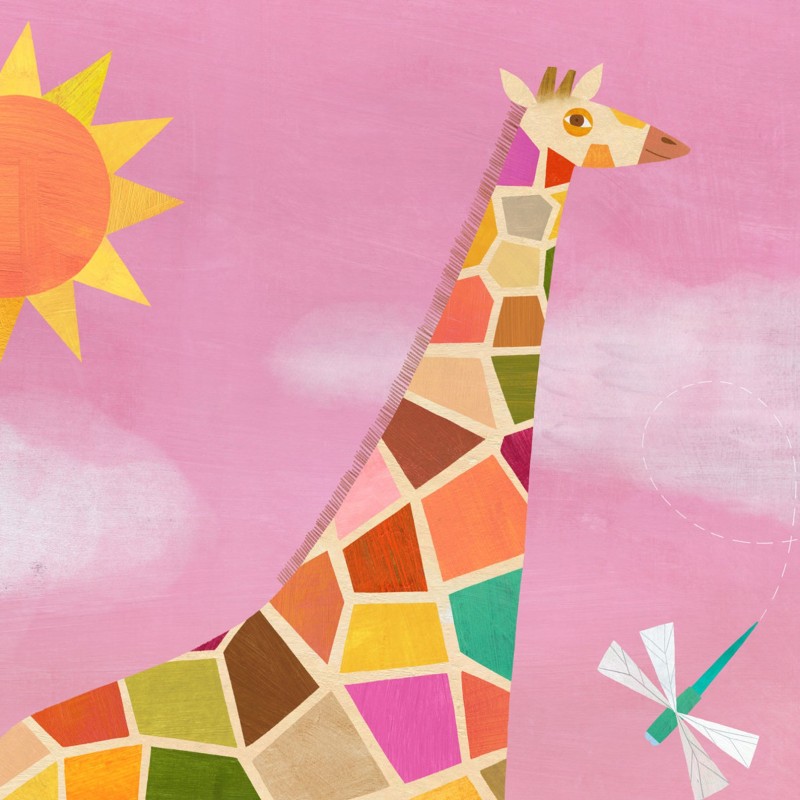
Giraffes are the tallest animals on earth, reaching heights up to six metres. Their long necks and gentle eyes make them easy to spot and hard to forget. Giraffes can run at speeds up to 35 miles per hour and have tongues over 45 centimetres long.
They rarely sleep for more than half an hour at a time and each giraffe’s pattern of spots is unique, like a fingerprint.
Yet many people don’t realise that wild giraffes are in real danger. Around the world, giraffe populations have quietly dropped by about 40% in just three decades. They roam the African savannah, feeding on acacia leaves, and keeping ecosystems balanced.
Support Conservation Groups in Africa
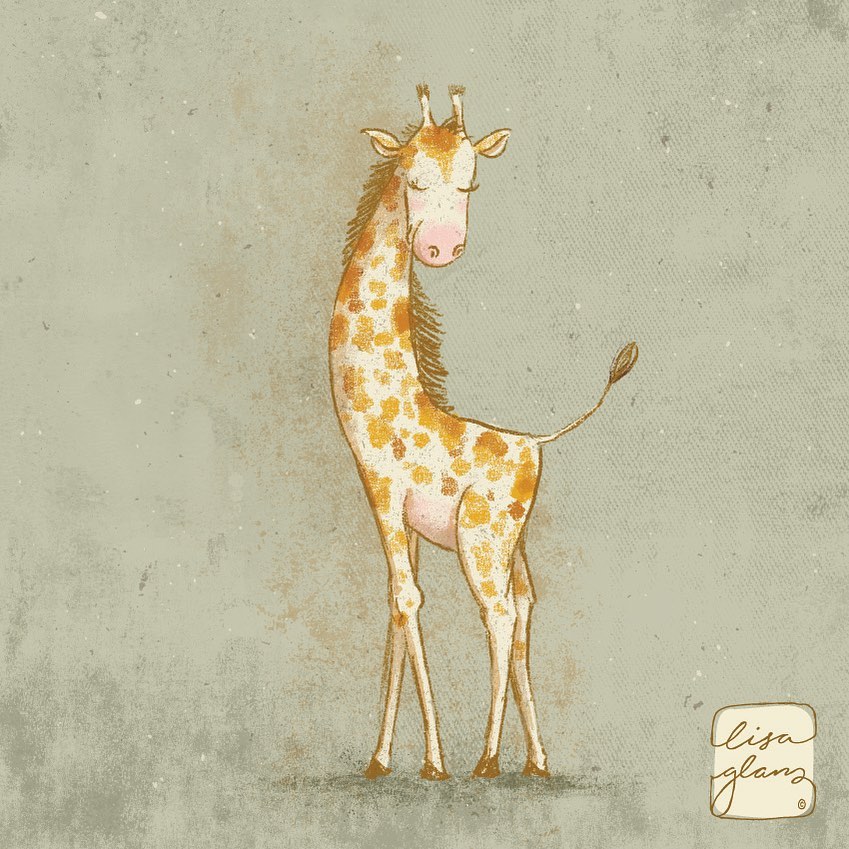
Many charities and local projects focus on giraffe survival in their natural range. Groups such as the Giraffe Conservation Foundation, African Parks, and Save the Giraffes help by monitoring wild populations, training rangers, and working with communities. Donating, sharing their work, or joining campaigns can turn small efforts into big results for giraffes.
Giraffes are racing towards silent extinction, numbers have plunged over 40% in 30 years. There are now less than 100,000 giraffes left in the wild, populations declining in Africa due to habitat loss (for farming, agriculture and mining), civil unrest and poaching.
Global warming and severe drought also require giraffes to wander extreme distances into new and often dangerous territories. Save the Giraffes
Avoid Zoos That Keep Giraffes
Giraffes don’t belong in zoos. Their size and social needs make it hard to give them a healthy life in small, indoor enclosures. The Copenhagen Zoo raised concerns after culling a young giraffe was culled, dissected and fed to lions, in order to make room for a new male lion cub, despite the offer a new home.
Incidents like this show how captivity doesn’t always match animal welfare. Wild, free-roaming giraffes have complex families and space to roam, which simply isn’t possible in zoos.
Female giraffes form long-term relationships with other females, creating nursery groups for their offspring. Yet several UK zoos (including London) only hold one or two giraffes, and some only hold a single female.
Wild giraffes spend a third of their day walking, while the average European zoo offers a home around 0.05% of the average home range, leading to overgrown hooves and stereotypical pacing . The climate also forces them to have outdoor access restricted, when temperatures fall too low). Kate on Conservation
Support Ecotourism to Help Communities
Choose safaris and wildlife trips that hire local guides and protect wild habitats. Responsible travel sends money straight to communities, which gives them a reason to save wild land for giraffes rather than sell it for farming or development. Always check that tour companies have good records on animal welfare.
Never stay at hotels that let you touch or feed wild giraffes.
Ban Giraffe Trophy Hunting
Some giraffes are still hunted for their skin, meat, and bones. Getting involved in petitions or writing to MPs and other leaders can encourage them to pass and defend laws banning giraffe imports and exports. Strong laws mean safer wild spaces for future generations of giraffes.
In 2025, customs officers in the USA founder over 100 giraffe body parts brought from African hunting trips. British hunters are importing giraffe body parts, as the trophy hunting bill is being stalled in the House of Lords. Trophy hunting imports are also legal in the USA (Trump’s own sons are trophy hunters).


